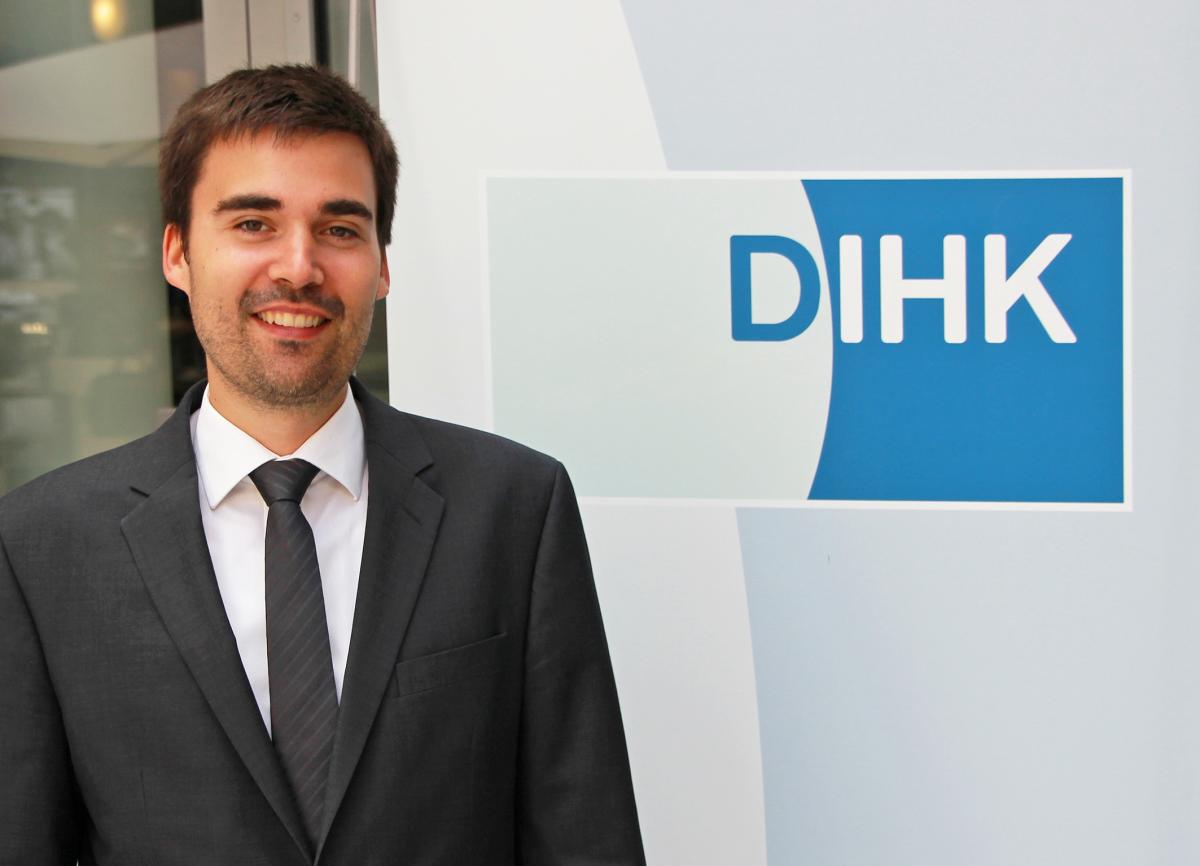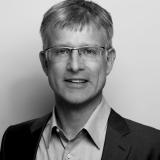Preview2017 - "Turn Energiewende into an advantage for industry"
Clean Energy Wire: Which topics will dominate German energy and climate policy in 2017? Could you please name the main issues and the related events, decisions and developments you think will dominate these policy areas?
Sebsatian Bolay: Power costs in Germany are a clear locational disadvantage for many companies. The renewables surcharge (EEG surcharge - See the CLEW dossier The reform of the Renewable Energy Act for more information) is central to that, but the debate on alternative ways of financing the surcharge and, consequently, a relief for the power price has already gained traction. Various approaches and studies on this matter have been brought forward by now and I expect this to be an issue in election campaigns.
And also grid fees will remain a hot topic. I’m curious to see whether there will be a nationwide cost rollup for transmission grids. Companies that would have to pay more will in any case need a transition period.
CLEW: Which are the most pressing energy and climate policy issues for Germany to work on in 2017? What do you think are the chances of these issues being tackled, and what obstacles do you see?
SB: I don’t expect too many issues will be tackled in the election year 2017. There won’t be any far-reaching law amendments. What I expect to happen, however, is that concepts will be developed on how the Energiewende can be turned into an advantage for Germany as an industrial location over the next legislative period.
Germany today is ceding value creation because companies’ additional power demand is penalised with grid fees and levies. The old world of power generation holds: additional demand is bad for you. But the new world of power generation can become an advantage if cheap electricity is made available for domestic value creation.
Grid fees therefore have to be redesigned so that extracting more power during low-price and low-usage intervals is not penalised. And also the power price’s other components need to be attenuated. Reducing the power tax to the European minimum is high up on the DIHK’s wish list. Of course, we’re talking long hauls here. So this may not happen next year but rather during the next election period.
CLEW: Which energy and climate policy related development was particularly positive in 2016 in your opinion, and which was rather disappointing? What needs to happen to prevent such disappointment – or continue the positive developments?
SB: Costs for energy provision have reached a level that is unsustainable for many companies in the long run. The Energiewende is therefore perceived as a major cost problem abroad. Reforming the combined heat and power law at the turn of the year will only aggravate this problem because companies will have to bear the entire surcharge in the future. And all this has to be regarded against the background of grid fees driving up power prices over the next years. Timely consultations with Brussels that will give companies more time to react would be helpful in this regard.
A positive point is the EEG 2017, which introduces tender processes for the most important renewable technologies and thus allows for switching from price control to quantity control. The EU Commission rightfully has helped Germany get this off the ground. Auctions for ground-installed photovoltaic systems already showed that this can increase cost efficiency. Future support costs will be lowered by that and the financial burden for companies will rise less sharply.


